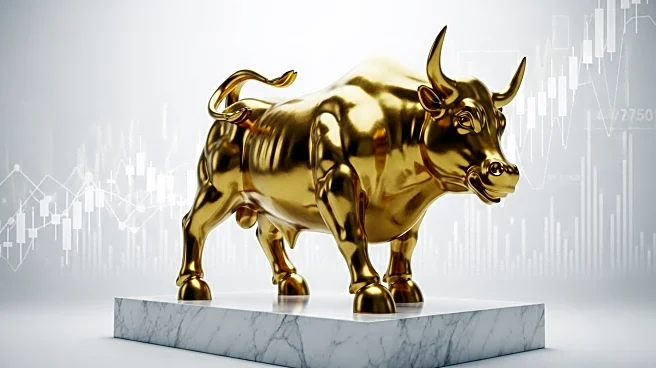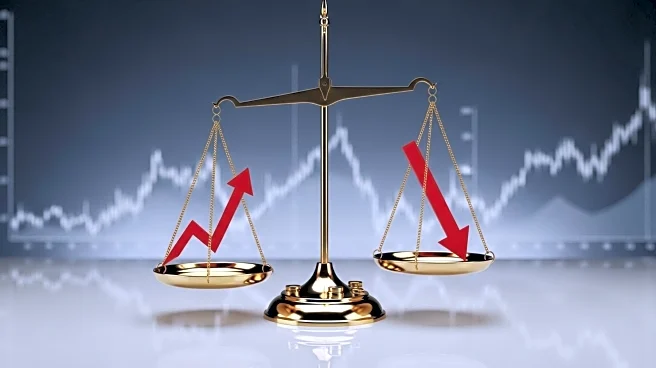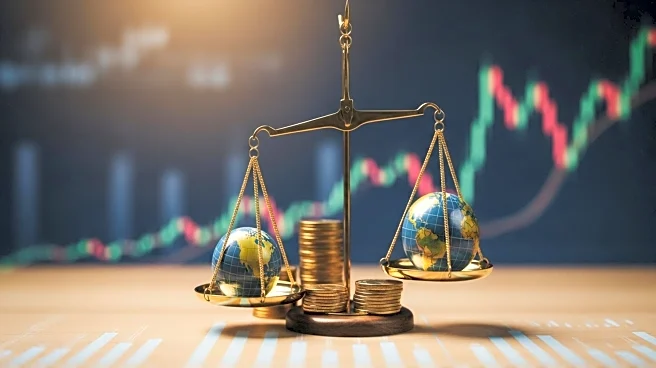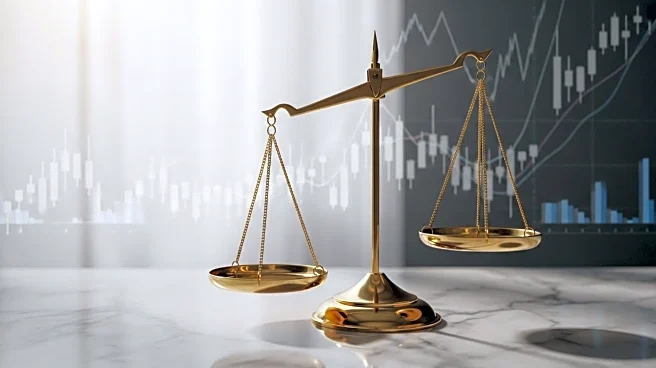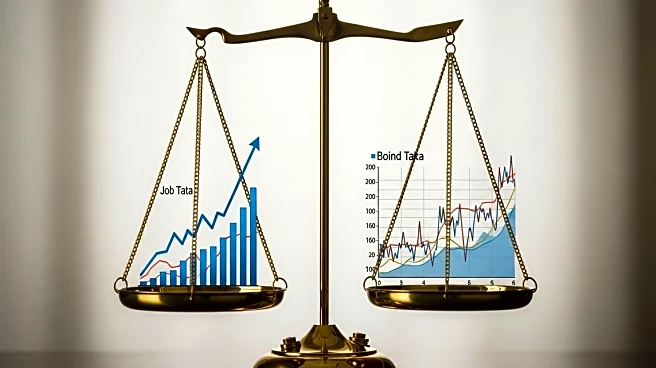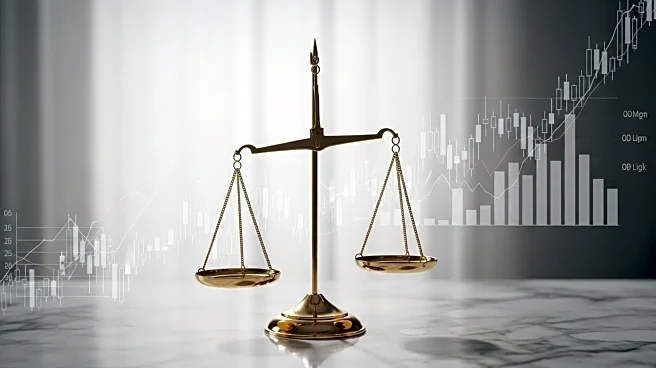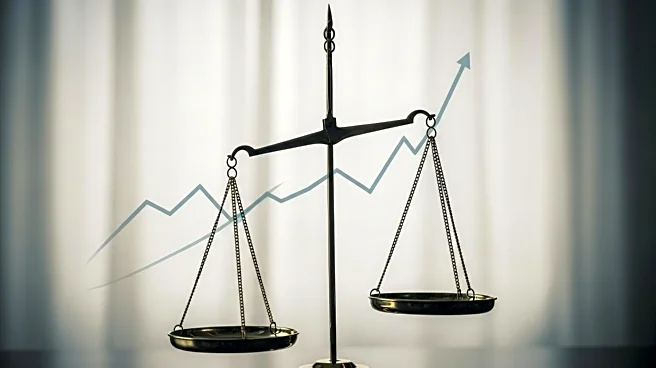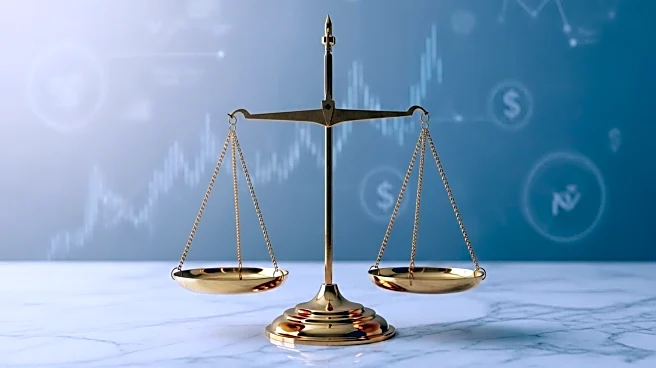What's Happening?
The commercial real estate sector in the U.S. is experiencing cautious optimism despite economic challenges such as high borrowing costs, elevated inflation, and fluctuating interest rates. According to CBRE, commercial real estate investment activity is expected to grow by 10% in 2025, reaching $437 billion. This growth comes amid erratic U.S. trade policy, geopolitical uncertainty, and risks associated with ongoing U.S. deficit spending, which have tempered business and consumer confidence. The Federal Reserve's interest rate hikes, aimed at combating inflation, have impacted the sector, but recent signs of recovery and stabilizing asset values are fostering renewed investor confidence.
Why It's Important?
The anticipated growth in commercial real estate investment is significant for the U.S. economy, as it suggests resilience in the sector despite broader economic headwinds. Investors are focusing on sectors that consistently outperform, such as medical office buildings and manufacturing properties, which offer stable income streams and long-term appreciation. This trend highlights the strategic importance of commercial real estate as a hedge against inflation and economic volatility. Brokers and lenders are advised to concentrate on securing deals in industries with strong performance, providing data-driven guidance to clients seeking safe investment opportunities.
What's Next?
As the Federal Reserve considers further interest rate cuts, there is potential for increased activity in the commercial real estate market. Brokers and lenders are encouraged to strategize and advise clients on the next phase, focusing on sectors with structural resilience. The Mortgage Bankers Association estimates that nearly $1 trillion in outstanding commercial mortgages will mature this year, presenting opportunities for refinancing and acquisitions as borrowing costs ease. Brokers who remain active and build relationships now will be well-positioned to navigate these maturities and capitalize on future market shifts.
Beyond the Headlines
The commercial real estate sector's stability is underpinned by long-term secular drivers such as the need for housing, logistics, healthcare facilities, and data infrastructure. These needs persist despite short-term rate movements, making certain commercial assets defensive plays that hold value and grow in appeal when other investments falter. The shift towards reshoring manufacturing to the U.S. is creating new opportunities for warehouses and manufacturing facilities, further bolstering industrial demand.

